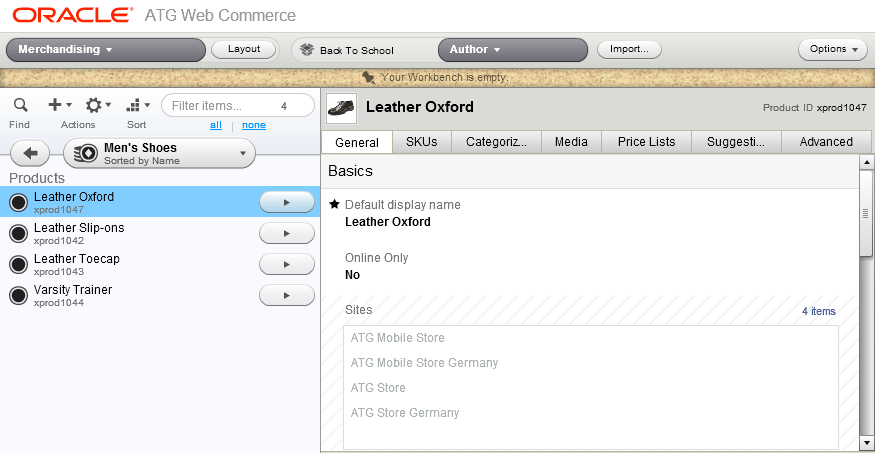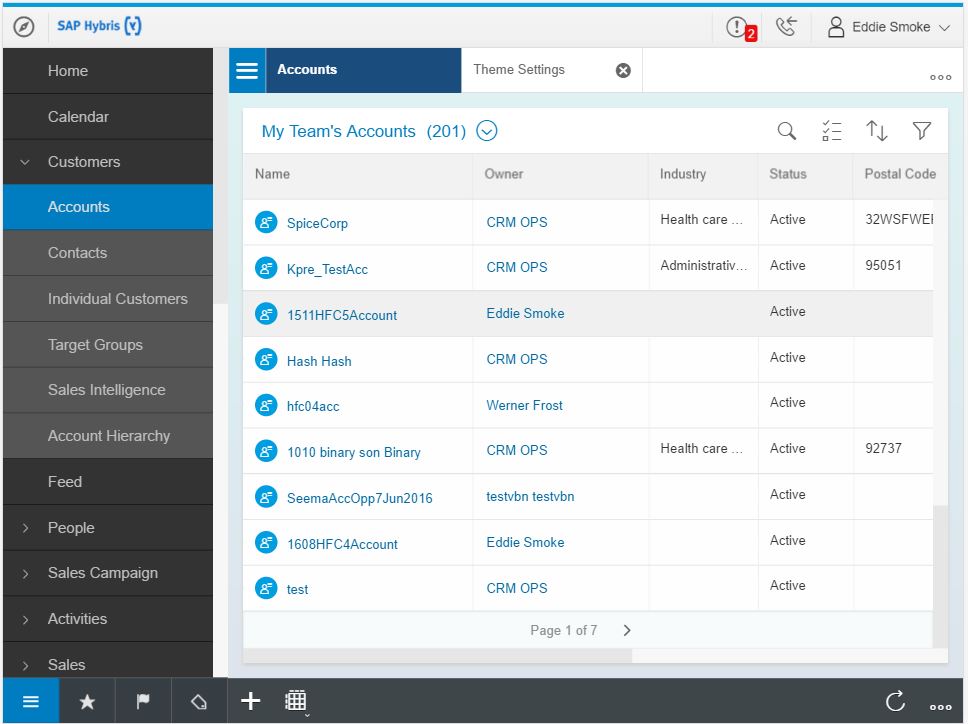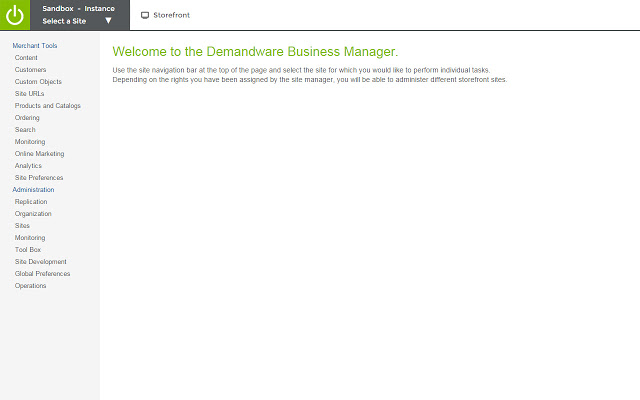What Are the Classic Enterprise E-Commerce Platforms?

Now referred to as classic or legacy e-commerce platforms, the original e-commerce platforms for enterprises began to emerge in the early ’90s as large companies started selling products on the internet. These platforms were on-premises solutions as organizations had to install the e-commerce software on their own hardware. The organization’s IT team was then responsible for maintaining the software and introducing any updates.
The most popular solutions during the early years of e-commerce included:
| Founding Date | Acquired By | Languages / Framework | |
| IBM WebSphere Commerce | 1996 | HCL Technologies acquired WebSphere Commerce in 2019 | Java |
| Oracle ATG | 1991 | Oracle acquired ATG in 2011 | Java |
| SAP Hybris | 1997 | SAP SE acquired Hybris in 2013 | Java |
| Demandware | 2004 | Salesforce acquired Demandware in 2016 | JavaScript |
The platforms were made to offer an all-in-one tool for building an e-commerce site. This led to monolithic solutions that were packed with tons of features, albeit often difficult to use.
On-premise solutions require heavy investments as organizations must acquire the servers and facilities to set up the necessary infrastructure to run the platforms. There are additional ongoing costs stemming from software maintenance and upgrades, data cleansing, and security.
These platforms were part of the first generation of e-commerce solutions. Over time, a need emerged for more flexible and easier-to-use solutions, leading to the second and eventually third waves of e-commerce technologies. In this post, we’ll highlight the classic enterprise e-commerce platforms and how they are being used today.
[toc-embed headline=”Classic Enterprise E-Commerce Platforms”]
Classic Enterprise E-Commerce Platforms
IBM WebSphere Commerce
IBM first introduced the WebSphere Commerce platform in 1996 as a product called Net.Commerce. It is built on Java and designed to give enterprises a highly customizable solution for creating e-commerce experiences. The first deployment was used to sell tickets and merchandise for the 1996 Olympics. WebSphere was sold to HCL Technologies in July 2019. The platform is now known as HCL Commerce.
Oracle ATG
Founded in 1991, Art Technology Group (ATG) is a software company offering an e-commerce platform and other commerce applications. The ATG Web Commerce platform runs on the three application servers: Oracle WebLogic, IBM WebSphere, or JBoss. The platform includes several different layers:
- Dynamo Application Framework (DAF): the base platform layer which provides a component development environment
- Personalization module: provides code for creating unique content for each user
- Scenarios module: extend content targeting abilities of the Personalization module
ATG was acquired by Oracle in 2010. The company felt that the Web Commerce platform would serve as a great complement to their CRM and ERP applications.
SAP Hybris
Hybris was founded in 1997 to offer a family of software products for e-commerce, marketing, and content management. The e-commerce solution is a Java-based application, normally hosted using a three-tier architecture consisting of database and application layers. SAP acquired Hybris in 2013 for $1.5 billion.
Demandware
Demandware was founded in 2004 to provide companies a hosted service for building their e-commerce websites. This marked the early stages of the shift to hosted solutions. Companies with limited on-premises resources could use Demandware instead of investing in their own servers and IT team. However, they were still limited by a tightly coupled monolithic solution. Salesforce acquired Demandware in 2016 for $2.8 billion. The platform is now known as Salesforce Commerce Cloud.
[toc-embed headline=”Moving to the Next Wave With Headless Platforms”]
Moving to the Next Wave With Headless Platforms
The drawbacks of legacy e-commerce platforms inspired the second wave of e-commerce platforms like BigCommerce and Shopify.
These platforms aimed to make e-commerce more accessible to smaller businesses. They are hosted so there is no need to establish and maintain your technical infrastructure. Visual editors and templates make them easier to use. But these solutions lack the robust set of features offered by the classic platforms. Brands are restricted by the limited design capabilities and are unable to customize the user experience as they see fit.
Today, the third wave of e-commerce platforms is providing the power and feature-rich aspect of classic platforms with the modern technology and ease of use of second generation platforms. The next generation of e-commerce platforms is built using a microservices-based, headless architecture that decouples the backend and frontend of the e-commerce system. Brands can scale and customize without limits, all while being free to only implement the e-commerce services that they need.
This is the type of platform we are building at fabric.
.png)
Tech advocate and writer @ fabric.



